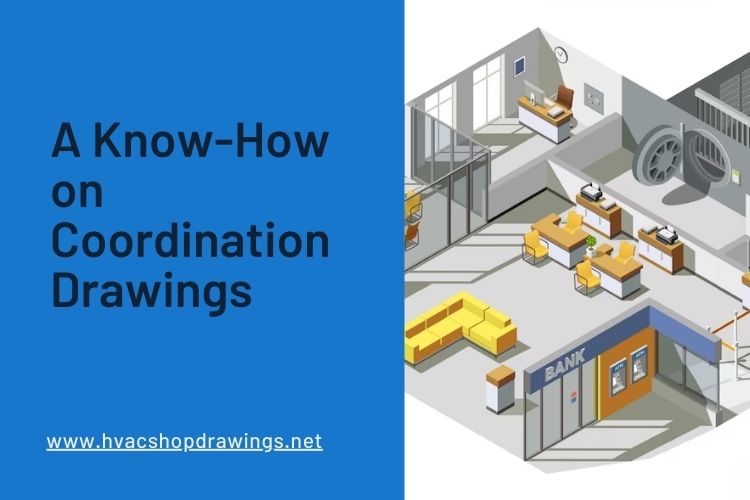Do you have a clue about coordination drawings? What are these drawings used for? Do construction projects require coordination drawings? How do these drawings help?
You might want answers to all these questions. So, continue with the current blog, and find the answers to all the questions.
The construction or building projects require coordination to ensure the on-site layout of routing of duct, piping, equipment space, and other systems in a building are resolved.
A project’s major MEP(mechanical, electrical, plumbing) requirements have a higher risk of interference issues. Coordination problems must be eliminated as the initial task of the construction process.
So, the best coordination drawings work superbly for preventing interference with ceilings, equipment, partition, conveying systems, lights, electrical, structural framing, etc.
Let us check out something more about the perfect coordination drawings with the help of this blog.
The Perfect Reproducible Drawings
You might have heard of HVAC shop drawings, plumbing, and coordination drawings. These are helpful for an architect to get perfect designs or a layout of the structure.
Today we are talking about coordination drawings that aid construction projects by avoiding collisions while constructing the structure. Avoiding the physical conflict between in and above ceilings, and electrical spaces, no interference between chases, within walls, and even in mechanical rooms is ensured by the best coordination drawing.
The coordination drawings are prepared chiefly for mechanical contractors, electrical contractors, sheet metal contractors, and mechanical engineering consultants.
Do you know what the purpose of the coordination process is? It allows each professional to compare the materials intended to be used in the given spaces of the building. This needs to be ensured by each trade that the areas must not physically conflict or damage the maintenance of the systems.
The coordination drawings help the contractors work effectively and efficiently by providing any discrepancies or missing information.
With a smoother workflow, the contractors also get the proper time and schedule of the work at a better cost.
Also Read: Something you Should Know about Shop Drawings
The Conclusion
The bottom line is that the coordination process is perfect for helping contractors with beneficial drawings that showcase the proper layout of the structure and spaces within it to avoid any collision during the maintenance and installation process.




Leave a comment